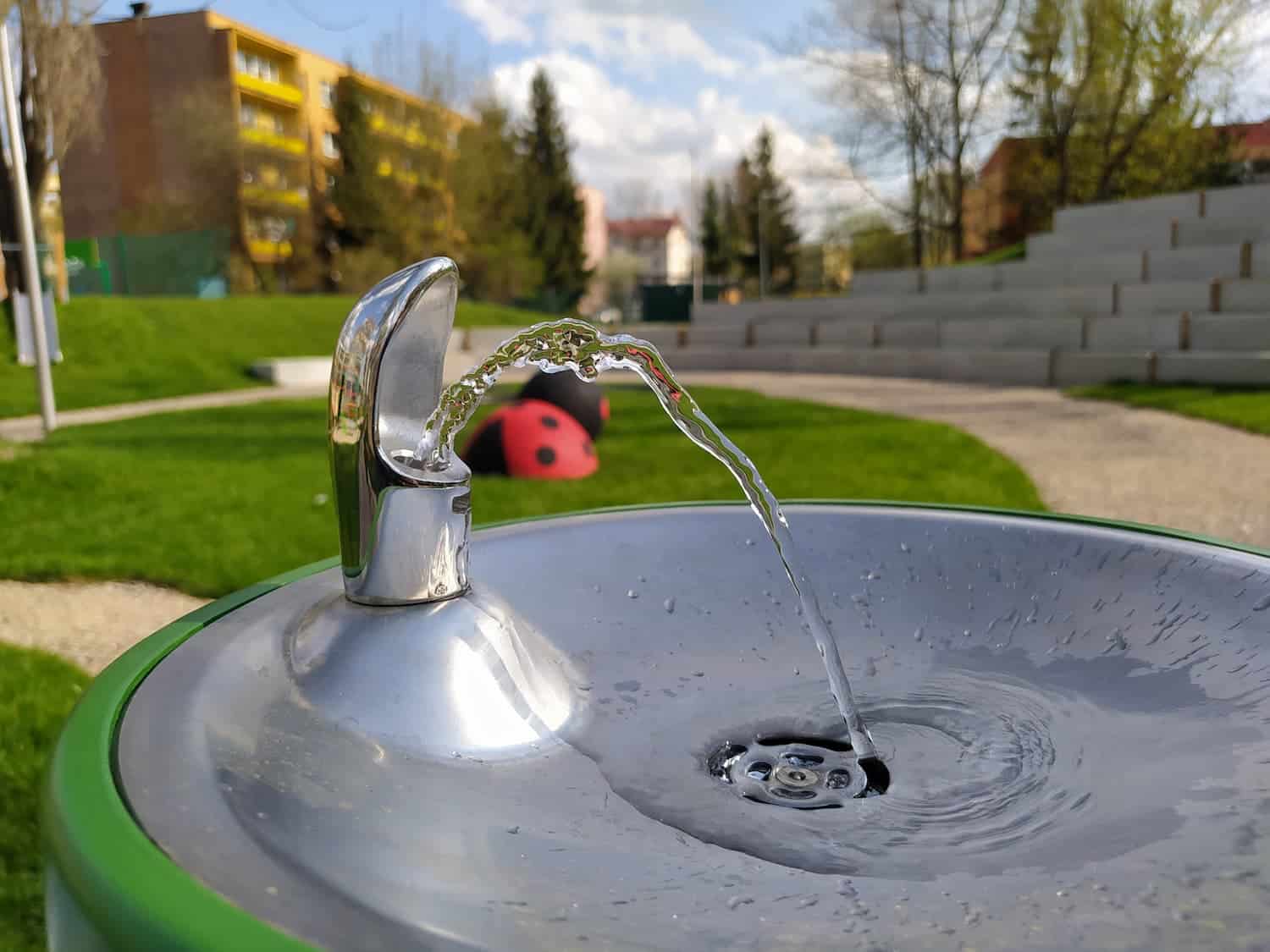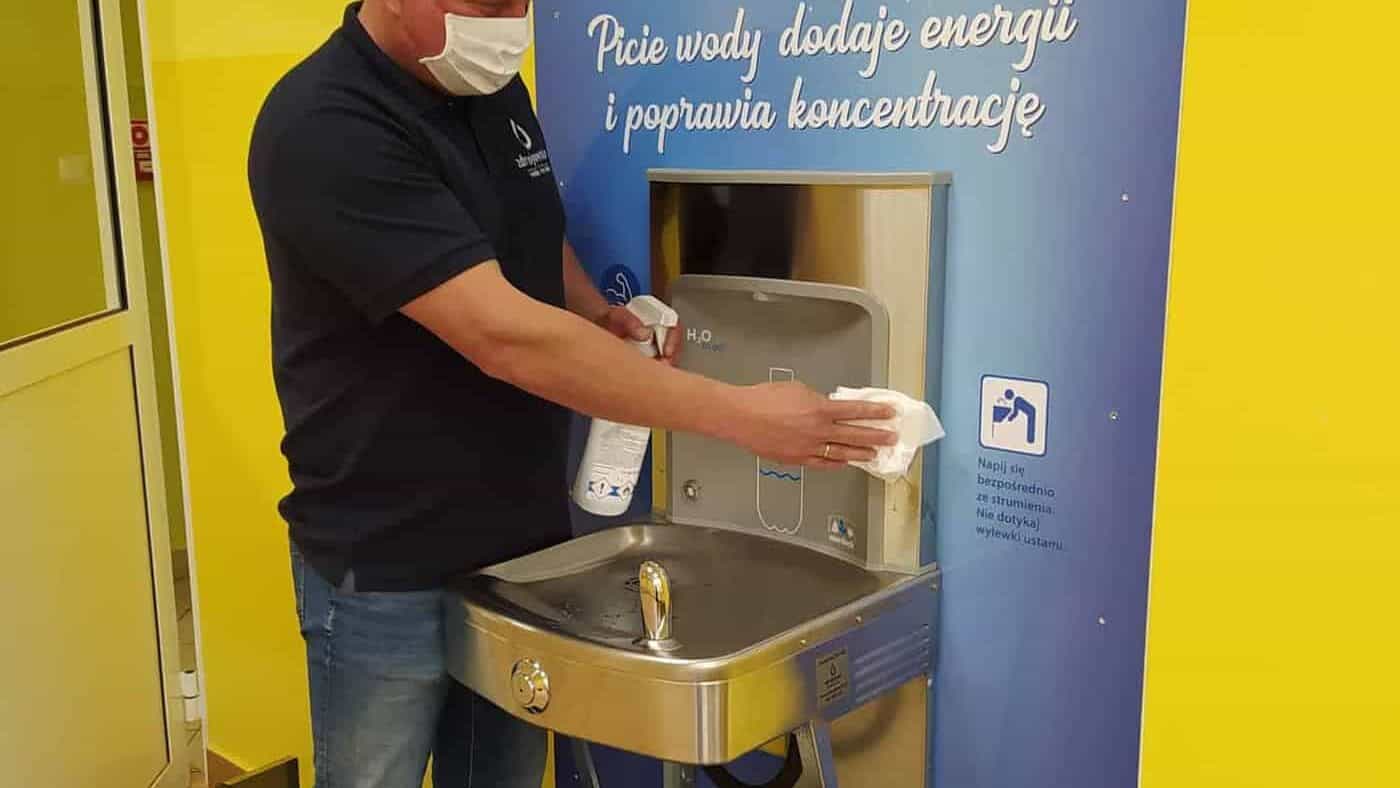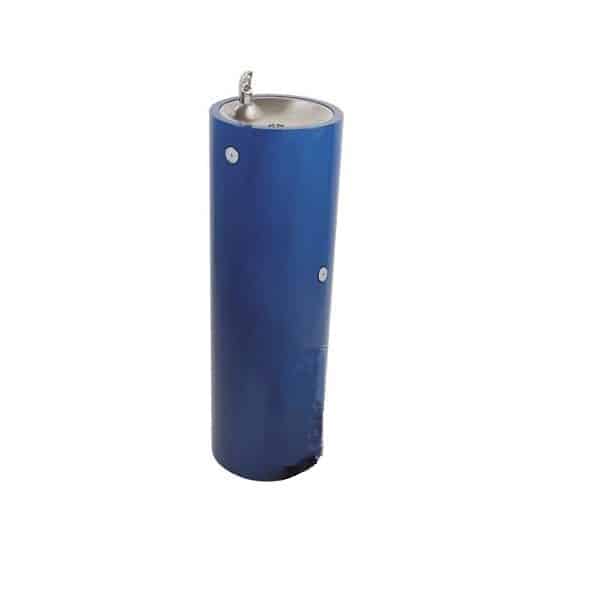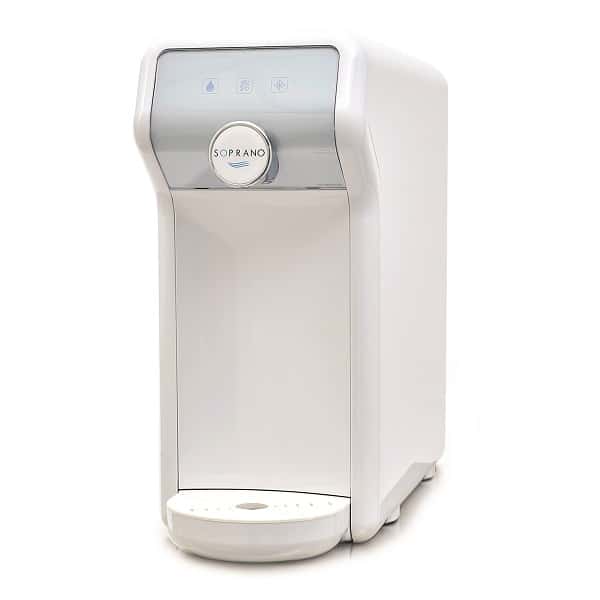Academy
Spa brands
In this section you will find a range of practical information related to our solutions. In the articles, we share our experience, discuss implementation steps and highlight good practices. It is a reliable source of information and advice on the provision of drinking water in public spaces, the legal regulations in this area, the benefits of installing drinking water dispensers and the technological aspects in this field.
We look forward to reading!
Sanitisation of water dispensers - how does it work? Why is it worth it?

The popularity of tap water for drinking has been growing in recent years. More and more people are reaching for tap water every day, giving up buying water in plastic bottles. Although tap water in our country is perfectly safe, it is worth realising the need for basic hygiene when using drinking water dispensers. What is the sanitisation of water dispensers? Why should you take care to clean your water dispenser regularly? Is sanitisation complicated?
Sanitisation - what is it?
The appearance of various types of dirt on the external parts of water dispensers is perfectly natural. After a certain period of use, various microorganisms and germs accumulate there, which can cause unpleasant discomforts. This applies both to drinking water dispensers set up outdoors in public places and those used in the office or private home.
Water dispenser sanitization is nothing more than a service to clean all the components of the machineThe aim is to remove mineral deposits and various impurities. It consists of a thorough disinfection of the pipes, thus ensuring a high level of hygiene and safety in the intake of drinking water from the dispenser. Importantly, the sanitisation of water dispensers also has a positive effect on the taste of the beverage and the performance of the dispenser itself, contributing to a reduction in energy consumption.
Sanitising water dispensers - how often should this be done?
It is recognised that at least sanitise the water dispenser once every six months. For this purpose, we should contact a professional sanitation companyThe water heater will be inspected and disinfected using steam and appropriate detergents that reach into hard-to-reach areas. If we take care of this, we only need to follow basic hygiene rules on a daily basis to enjoy easy and safe access to drinking water.

Why is regular cleaning of the water dispenser important?
By using the services of a professional water dispenser sanitisation company, we can enjoy the best tasting drinking water. The cleaning process removes mineral deposits that form scale in hard-to-reach areas of the dispenser. This sediment affects how we experience the taste of the water, so regular cleaning is important. What's more - frequent descaling of the dispenser helps to prolong its life and prevent certain malfunctions, especially if the water we have access to from the water mains is mineral-rich and hard.
Taking care of regular sanitisation of the water dispenser we can detect some technical problems with the equipment at an early stage, thus avoiding serious and costly breakdowns. It is also a great opportunity to overhaul the equipment and replace components that are subject to natural wear and tear. What's more, a regularly cleaned dispenser is much more economical as it uses less electricity.
Support for sanitisation - automatic HFS rinsing system
In order to maintain the high quality and safety of the distributor, it is worth investing in support in addition to regular sanitisation in the form of automatic rinsing system for HFS sprinklers. In this way, the cleanliness of the appliance can be further improved and stagnant water in the system can be prevented, thus preventing precipitation on the components. The HFS system can be easily adapted to any spa model. It does not require a connection to the electrical system, as it is battery-powered. The battery capacity is sufficient for approximately 9 months of use. Guarantees hygienic water intake, whether in parks, offices, schools or customer service points. The process of flushing the springs is responsible for the cyclical discharge of water through the spouts, thus preventing stagnation and reducing the risk of the proliferation of harmful microorganisms. A maximum of six water discharges can be made per day, which is sufficient even for springs that are used frequently.





